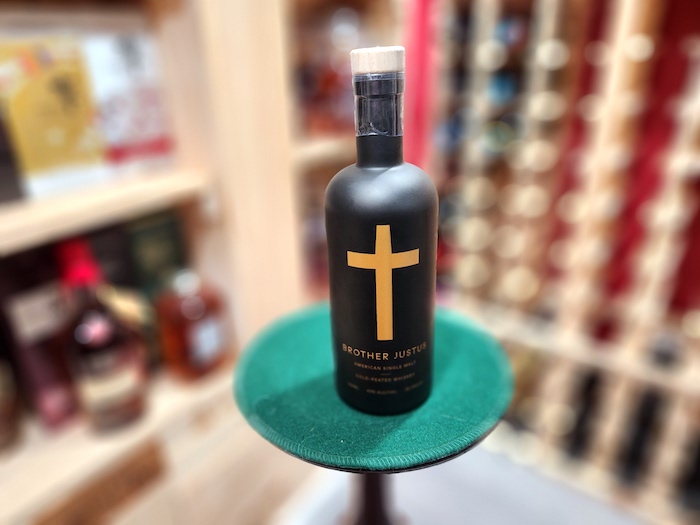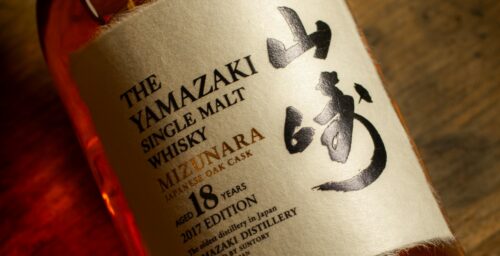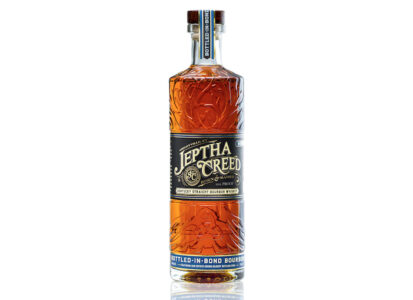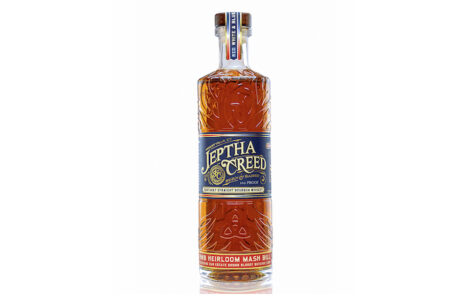Editor’s Note: This whiskey was provided to us as a review sample by the party behind it. This in no way, per our editorial policies, influenced the final outcome of this review. It should also be noted that by clicking the buy link in this review our site receives a small referral payment which helps to support, but not influence, our editorial and other costs.
Whiskey is evolving in America, and it is evolving fast. I remember a summer or so ago chatting with a friend and arguing how whiskey innovation was entering a plateau. Sure you had new woods, different barrel types, sailing the whiskey around the world, and now even shooting a whiskey into space, but nothing had really “changed” with how whiskey was fundamentally made. It appeared to me, at the time, most innovation was really a tweak here or there and excellent marketing.
Brother Justus said, “hold my whiskey.”
Phil Steger, CEO of Brother Justus Whiskey Company in Minneapolis, Minnesota, is trying something new. Because Brother Justus is Minnesota based, as Mr. Steger says “it’s the only place in North America where the Great Plains, eastern hardwood forests, and boreal forest all meet. We’re also at the headwaters of the Mississippi. Each of one those things brings a special ingredient needed to make a really good whiskey. We get barley from the plains, oak from the hardwood forests, peat from the boreal forests, and water filtered by the limestone bedrock under it.”
Another unique element to the landscape of Minnesota is the vast peat bogs. One out of every 10 square feet in the state is peat. In Scotch, peat is burned to dry the grain and stop germination. Peat is a derivative of dead and decaying organic material. Peat can be burned for heat much the way coal is. Unfortunately burning, draining, and degrading peat bogs emits significant amounts of CO2 and is a contributor to global emissions and the climate crisis.
Moreover, Scotch already uses burned peat as a critical component in their whiskey creation. So, what to do with acres of peat readily available, but no desire to burn it? Use it how it’s used in the environment, as a filter.
Peat and peat bogs are incredible natural filters for polluted waterways. Minnesota farmers had tried, and failed, to convert peat marshlands into arable lands for agriculture. The unfortunate destruction of these marshlands has resulted in a lot of peat sitting fallow in fields. Brother Justus invented a new use and a new direction for whiskey. Cold Peating. The process is a rather closely guarded secret – Brother Justus has applied for several patents and while those are pending they have remained tight lipped about the complexity of the process.
The Whiskey Wash has a good article about all that is readily known about the process here.
As for what I can tell you, the peat goes through a self-polymerizing process which decreases the peat’s natural absorptive nature, whereafter the whiskey is rested in the peat. This resting helps filter the whiskey and remove “rough” edges to it while imparting more earth tones. Using the peat in this way allows for less peat to go further vs burning. Moreover, together with their partner in peat harvesting, American Peat Technology, the former farmlands are being restored back into wetlands.
“We want consumers to understand peat isn’t necessarily just a Laphroaig. That’s just one application. Our goal is to lower the barrier of what peat can bring while also delivering precise peat characteristics,” Steger said.
After the initial release was met with fervor, Steger is excited for what’s to come next for Brother Justus.
“We’re just getting started in terms of what these flavors can do,” he said.
With that, we turn to the glass.

Tasting Notes: Brother Justus Cold-Peated American Single Malt
Vital Stats: 43% abv or 86 proof. Distilled and bottled from 100% Minnesota malted barley, less than one year old.
Color: Light amber
Nose: It’s a young whiskey and it is evident in the nose. There is some sugar from the grains and distillation process, or maybe not sugar but an acidic sweetness from a neutral spirit. I found notes of black tea and currant, some clove, and unsurprisingly, some earth tones.
Taste: It’s not like anything I’ve ever tasted before. It’s clearly a young whiskey and it drinks like a neutral spirit. It heats the chest and coats the mouth with a tingling sensation. I really couldn’t find many distinctive notes with this to be honest. There are whisps everywhere, but nothing really lasts for me. Some barley notes, some clove, some tea, a little salt, leather, maybe a citrus rind. There was clear charcoal and oak in the taste though.








